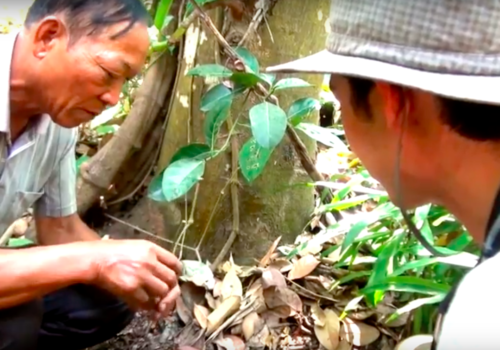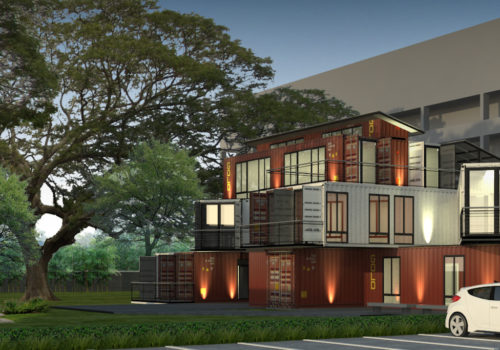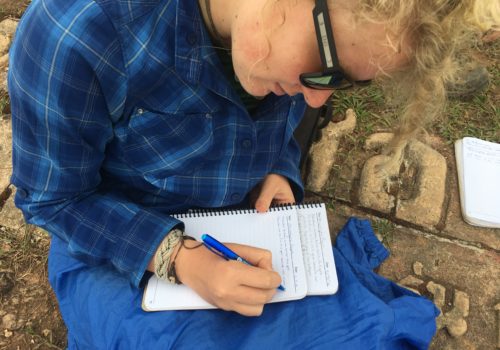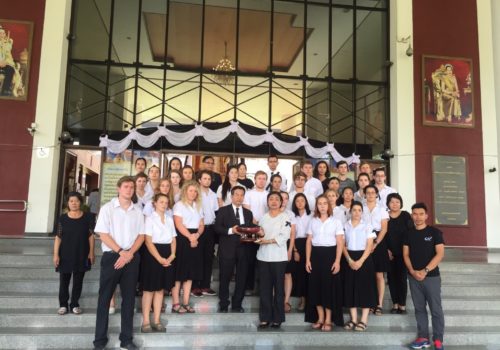Here are a few photos from the Oceans course, Culture and Ecology of the Andaman, wrapping up the first course section focused on mangrove and seagrass ecology, and the coastal village and its efforts to conserve and sustainably use the coastal resources.
Drawing on experience with participatory rural appraisal (PRA) and other innovative approaches to learning, rather than sitting together and talking and using the whiteboard, we took an experiential and hands-on approach to review and synthesis of the material. PRA has been used for years in village appraisals, and can produce very deep and sophisticated representations of local knowledge and systems. So we took the approach of PRA and applied it to the course material to synthesize and analyze what the students had learned in the first module on coastal resource management.
Students broke into two groups, and were given the task of building a representation of the coastal ecology and related systems out of objects they could find on the beach. The models had to be comprehensive, sophisticated, and be able to explain the ecosystem and stakeholder relationships that they had been reading about and experiencing first hand. Each of the groups then had to explain their model to the other one.
We also played stakeholder and resource base charades (a good break and hilarious to see someone acting out mangrove clearing shrimp farm!), and then moved to a discussion of ranked issues and concerns in the coastal zone, using pieces of driftwood to “vote” and create histograms of each issue.
Here are some photos to give you an idea of what a creative seminar can be like when you’re not confined to a classroom, as well as a few photos from today packing the boat and heading out to the islands for the second course module.
[nggallery id=28]



